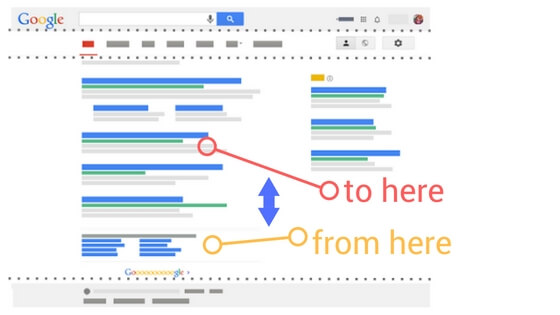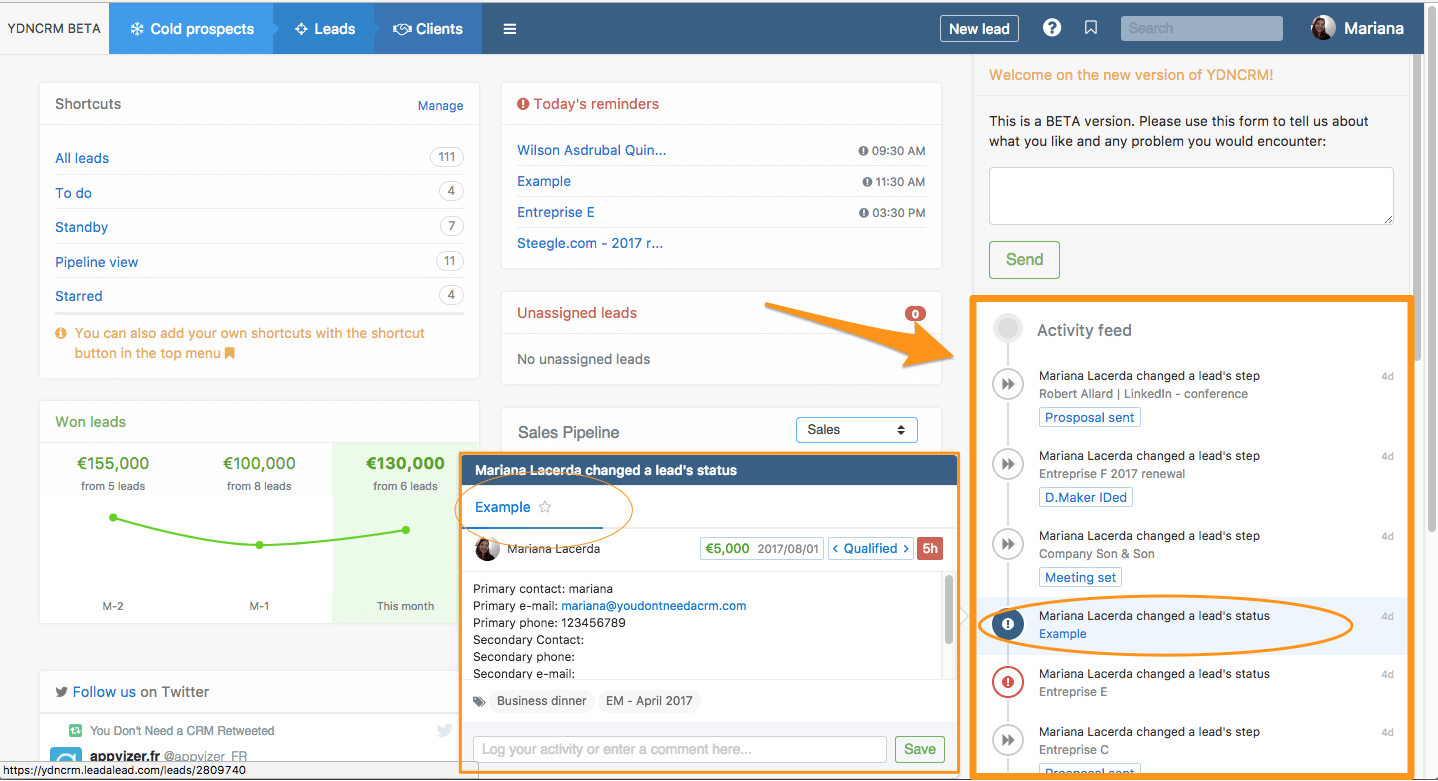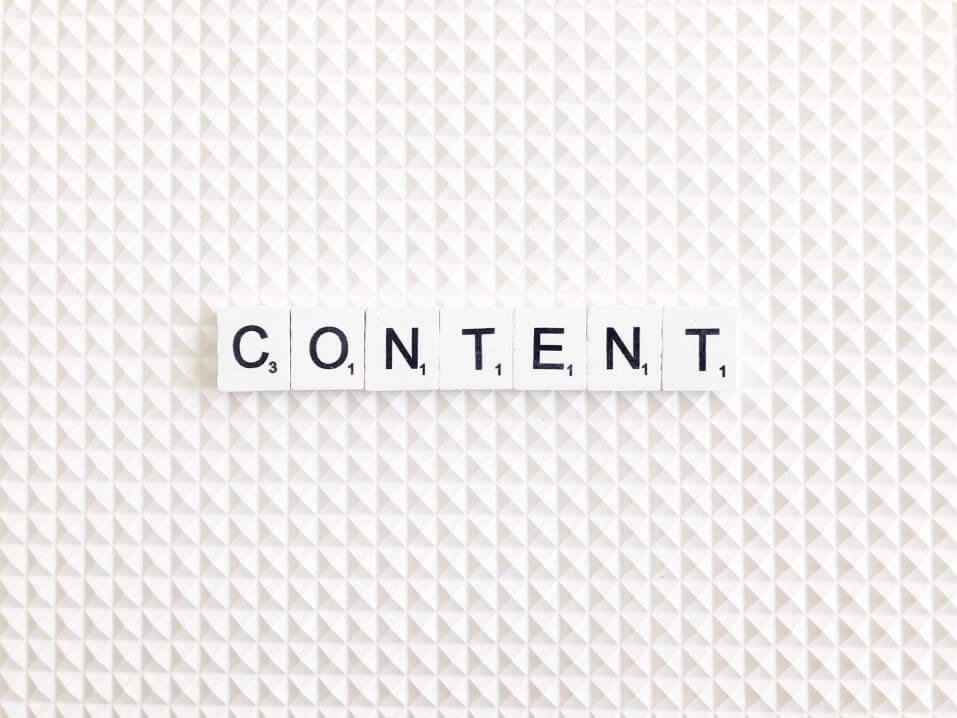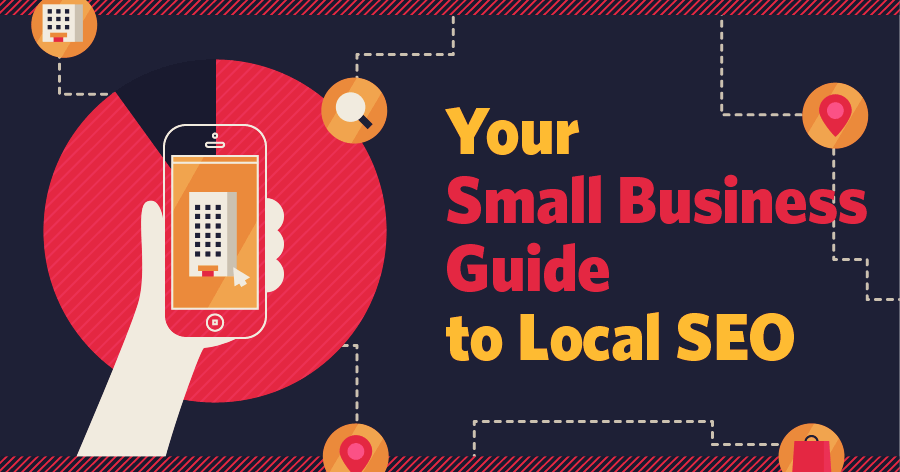Google has a ton of algorithms that we’re never going to understand, but it’s attitude to fresh content is logical. Think how many times you’ve done a Google search, and a result says: ‘January 2012.’ No way on earth is that getting clicked on, right?
Which means, the Click Through Rate on older content is way lower than on new content. And Google recognizes that. (It’s worth noting too, that you’ll actually rank higher if people click on your content via Google’s results page.) But luckily, when it comes to ‘old’ and ‘new’ content, Google is pretty black and white.
So that leaves us room to recycle our old content and climb those SEO positions. Just by clicking ‘update’ on your site with a new date, will make it count as ‘new’ to Google. (Plus, like ‘social signals’ prove you’re still active, updating your old content proves your website is still live and will help your rankings.)
Although to really boost your SEO, you’ve got to do more. Here’s 7 things to make your old content, new again:
#1 Update your keywords.
Remember keywords are a huge part of SEO. And, even content posted 3 months ago can have ‘out of date’ terminology in it. Think about the terminology shift from ‘Webinar’ to ‘Workshop’ for example.
It’s small, but old content talking about ‘Webinars’ won’t be relevant to the new searches for ‘Workshops.’ So, do some ‘modern’ keyword research, and update any that have gone out of date.
This will also help with linking up to your more current content and your central pillar page.
#2 Add an ‘Updated Section.’
If you’ve got a really valuable/useful piece of content, that got a lot of interaction/engagement it’s already going to be on Google’s radar.
So, just find any new information or update any views and make sure to sign post it as an ‘Updated Section.’ – For your Readers and SEO sake this is beneficial.
It also shows a level of commitment to your content, that’s adds extra value.
#3 Insert New Media
Content that includes a diverse range of media is given a V.I.P (Very Important Position) regarding SEO. If you can include images, videos, audio, gifs, or animations you’ll be catering to what the modern day content consumer wants.
And, by pleasing them you’ll be pleasing Google too.
#4 Update your links
This is a 2-parter really.
Part 1:
Use Broken Link Checker to do a complete search of all your sites links. It’s bound to throw up some broken ones, and these are the ones that hurt your rankings on Google.
Update them, it may take some time, but it adds so much value to your reader’s experience.
Part 2:
Research some new relevant content and link it on your page. Try and also leave a comment on other people’s content with a link to your ‘modernized’ piece.
This all helps with your ‘Off-Page SEO’ efforts and will get your refurbed content back on Google’s radar.
#5 Promote old like new.
Firstly, make all of your old content easily ‘shareable’ for people by adding buttons. Then, share it on your social media too. Especially if you’ve made any updates.
If it’s relevant people will read it.
This also works as a double SEO maximizer, because by doing that you’re also improving your social signals too!
#6 Do a ‘requirements’ check.
Google continually updates their algorithms, and for your content to get a high SEO status, you’ve got to make sure it meets all of the most recent requirements.
#7 Reinvent your old content
If you’ve got a blog post transform it into a video, animation, slideshow, or audio clip.
It might seem time-consuming, but you’ve already put the time in to researching your original ‘old content,’ and if it’s still relevant it makes sense to recycle it as much as you can.
Remember, Google, as smart as it is, can’t tell the difference between ‘new’ and ‘recycled’ content. But it can tell when you’re getting fresh engagement. And that’s what counts. We’ve just go to do it the Google way! Well, I think I’ll leave it there for now – a long study session isn’t a productive one…
…at least that’s what I like to tell myself 🙂 . I hope you’ve found these little study sessions useful!








